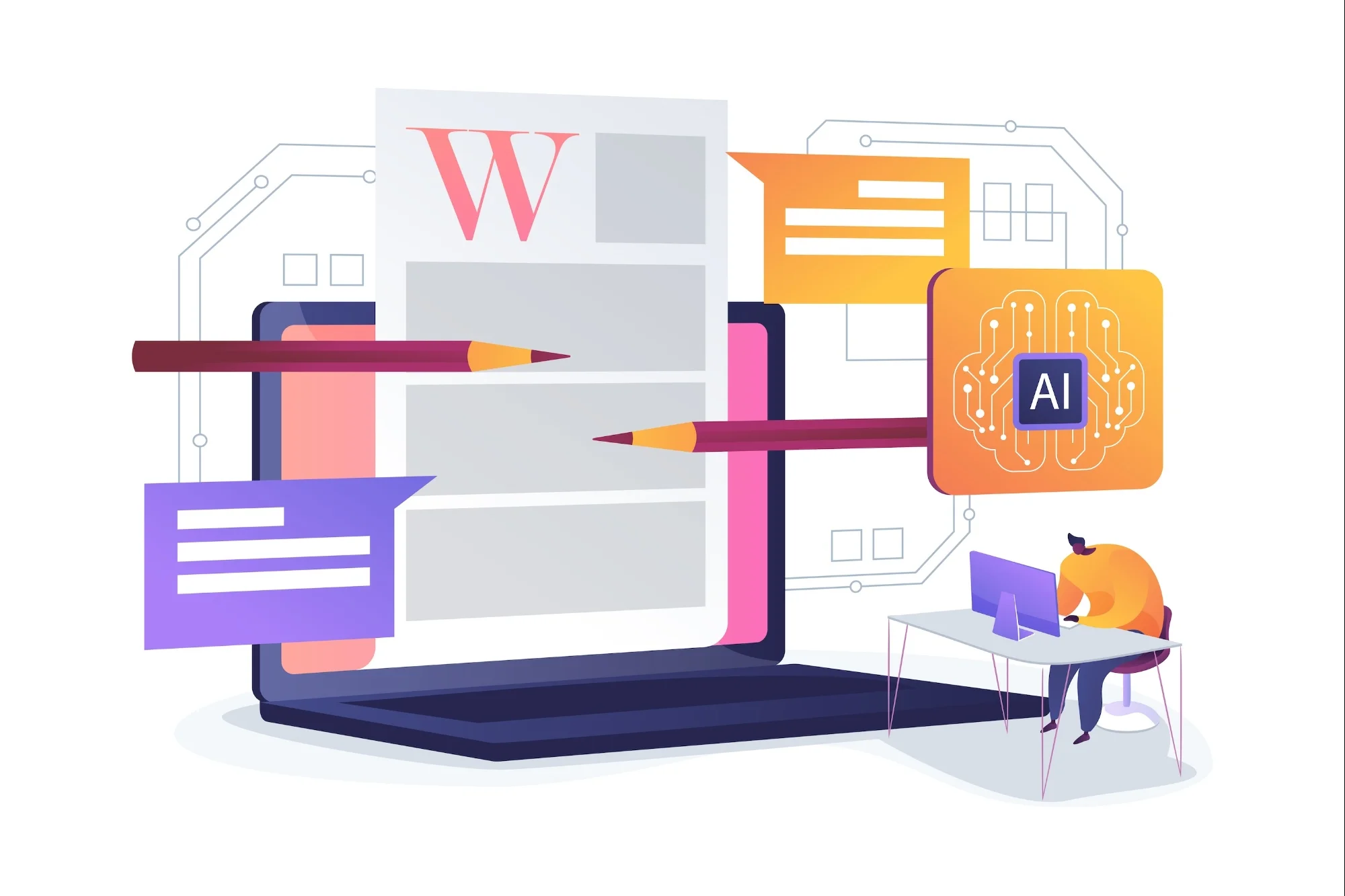
A new research report has coined a new term for inadequate AI-generated content at work: workslop.
The word refers to content that looks polished but lacks substance. It applies to AI-generated slideshows, lengthy reports, summaries, and code. While the content looks good on the surface, it ends up being incomplete, missing context, or unhelpful to the task at hand. And a new study released on Monday found that 40% of workers have reported receiving workslop in just the past month.
“Rather than saving time, it leaves colleagues to do the real thinking and clean-up,” the report reads.
Related: 37% of Employers Would Rather Hire a Robot or AI Than a Recent Grad: ‘Theory Alone Is No Longer Enough’
To write the study, Stanford Social Media Lab researchers partnered with AI coaching platform BetterUp to conduct an online survey of 1,150 full-time U.S. desk workers this month. Employees who reported encountering workslop said that it caused them to take extra time and mental energy from their day to figure out how to appropriately address the work with the colleagues who had submitted it.
Over half (53%) of respondents were “annoyed” to receive AI-generated work, and 22% were “offended.” Close to half said they thought of their co-workers as “less creative and reliable” after they submitted the workslop.
It also took an average of two hours to resolve each incident, making the invisible tax of workslop about $186 per month, based on the salaries the workers reported receiving. That means that the average annual cost of workslop for a 10,000-person organization is about $9 million per year, the study found.
Related: Employers Say They Want to Hire Candidates With AI Skills, But Employees Are Still Sneaking AI Tool Use in the Office
The difference between workslop and sloppy work is that workslop doesn’t require any effort to create, while sloppy work still requires a little bit of effort, Stanford Professor of Communication and one of the authors of the study, Jeff Hancock, told CNBC.
“Now that [the effort] piece is gone, I can generate a lot of useless or unproductive content very easily,” Hancock told the outlet.
What can businesses do about workslop?
Hancock recommended that business leaders give guidance to employees about when and how to appropriately use AI at work. Workers should be clear about when they’re using AI, so colleagues aren’t surprised by it, he said.
Related: Almost 100% of Gen Zers Surveyed Admitted to Using AI Tools at Work. Here’s Why They Say It Is a ‘Catalyst’ for Their Careers.
Another study author and Vice President of BetterUp Labs, Kate Neiderhoffer, told CNBC that managers should give workers specific reasons for why they should use AI to complete certain tasks. They should offer clarity about the policies and training that go along with using AI, she added.
AI can provide “incredible” use cases, Neiderhoffer told the outlet, but not when used in a “copy-and-paste mode” where you “just let the tool do all the work for you.”



